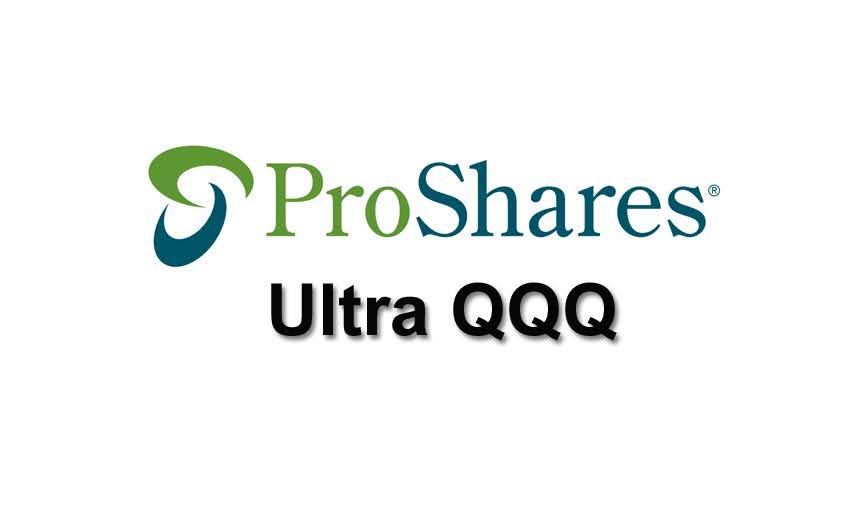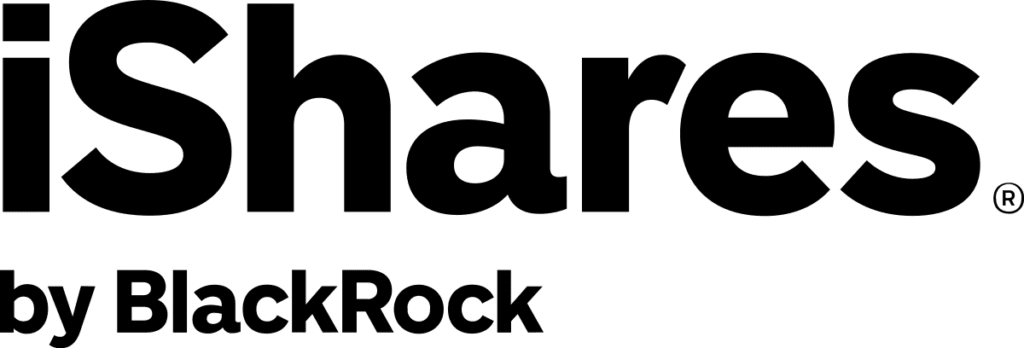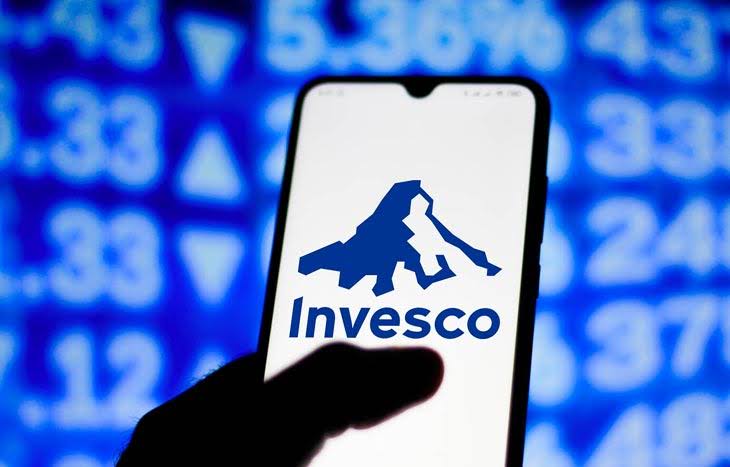NASDAQ, established in 1971, is a major American stock exchange located in New York City. It operates entirely electronically and is known for its focus on technology and innovation companies.
Index funds are investment tools that track specific market indices, like the S&P 500, without requiring active management. They offer simplicity, low costs, and reduced turnover compared to actively managed funds. While they provide easy access to diversified portfolios, they may suffer from tracking errors and common market impacts.
Despite these drawbacks, index funds remain popular among investors seeking long-term, low-cost investment options.
Let’s look at the origins and performance of the 6 oldest NASDAQ index funds in the world.
6. ProShares Ultra QQQ (QLD)(2006)
Year Established: 2006
Headquarters: Bethesda, Maryland
Still in NASDAQ: No, it operates as an issuer of exchange-traded funds and similar products.

ProShares Ultra QQQ (QLD) fund was launched on June 19, 2006. The fund traded under the ticker symbol QLD. ProShares Ultra QQQ (QLD) was founded by Louis Mayberg and Michael Sapir.
The fund aims to double the daily performance of its benchmark. Investors can hold the fund for more than a day if it fits their goals and risk tolerance. Returns may vary from the target due to changes in the benchmark’s performance and volatility.
It aims for higher gains but also increases potential losses by doubling exposure to the market. The gross expense ratio is 0.98%, while the net expense ratio is 0.95%.
Did you know?
QLD utilizes leverage and derivatives to double the daily returns of the NASDAQ 100 index.
5. First Trust NASDAQ-100 Equal Weighted Index Fund (QQEW)(2006)
Year Established: 2006
Headquarters: Wheaton, Illinois, U.S.
Still in NASDAQ: Yes

First Trust Advisors L.P. manages the growth fund with the ticker QQEW. The First Trust NASDAQ-100 Equal Weighted Index Fund (QQEW) began operations on April 19, 2006, with an initial price and NAV of $20.00 each.
It quarterly rebalances to uphold its investment objectives. As of May 1, 2023, the fund maintains a gross expense ratio of 0.58%. The expense is contractually capped at 0.60% annually until April 30, 2024.
Did you know?
QQEW provides equal exposure to all NASDAQ 100 companies, while market-cap-weighted indexes are more top-heavy.
4. iShares NASDAQ Biotechnology Index Fund (IBB)(2001)
Year Established: 2001
Headquarters: United States
Still in NASDAQ: Yes

Established in 2001, the iShares NASDAQ Biotechnology Index Fund (IBB) is one of the oldest biotechnology-focused ETFs. It was launched by BlackRock, Inc., a global investment management corporation.
IBB tracks the NASDAQ Biotechnology Index, which includes biotechnology and pharmaceutical companies listed on the NASDAQ stock exchange. The fund provides investors with exposure to the dynamic and innovative biotechnology sector.
The fund has a long track record of providing investors with competitive returns in the biotechnology space. With its focus on the NASDAQ Biotechnology Index, IBB offers targeted access to leading biotech companies.
Did you know?
IBB provides focused access to biotechnology stocks that are specifically in the U.S. industry.
3. PowerShares QQQ Trust (QQQ)(1999)
Year Established: 1999
Headquarters: Atlanta, Georgia, United States
Still in NASDAQ: Yes, as it continues to track the Nasdaq-100 Index

Established in 1999, the Invesco QQQ fund began trading as an exchange-traded fund (ETF). Initially known as “QQQ,” the fund’s ticker was later changed to “QQQQ” in 2004 and reverted to “QQQ” in 2011. It tracks the performance of the Nasdaq-100 Index, including innovative companies listed on the Nasdaq Stock Market.
In July 2023, the fund experienced significant inflows totaling $5.3 billion. Scion Asset Management, led by Michael Burry, took a bearish position against QQQ in August 2023.
As of August 2023, the fund has assets under management (AUM) of $200 billion, with top holdings including Apple, Microsoft, and Amazon. With over 1,100 holdings, QQQ offers exposure to a diverse range of innovative companies across various sectors.
Did you know?
The fund charges investors an annual fee of 0.20%, a portion of which is allocated to fund advertising.
2. Fidelity 500 Index Fund (FXAIX)(1988)
Year Established: 1988
Headquarters: Boston, Massachusetts, United States
Still in NASDAQ: Yes

Fidelity 500 Index Fund (FXAIX) was established on February 17, 1988. Their goal is to mirror the S&P 500 Index’s performance. Typically, FXAIX allocates at least 80% of its assets to common companies that are part of the S&P 500 Index.
FXAIX’s top sector allocation is in Information Technology, comprising 29.43% of the fund’s portfolio as of January 31, 2024. Their top country allocation is in the United States, representing 99.38% of the fund’s portfolio as of January 31, 2024.
As per their fund size, they have portfolio assets totaling $484.42 billion as of January 31, 2024. Gross and net expense ratios were both 0.015% as of May 3, 2023. FXAIX includes prominent companies like Microsoft Corp, Apple Inc., and NVIDIA Corp.
Did you know?
Fidelity 500 Index Fund (FXAIX) is rated within the Large Blend category by Morningstar.
1. Vanguard Nasdaq Composite Index Fund (VQNPX)(1986)
Year Established: 1986
Headquarters: Malvern, Pennsylvania, United States
Still in NASDAQ: Yes, as it tracks the Nasdaq Composite Index

Vanguard Nasdaq Composite Index Fund (VQNPX) was established on December 10, 1986. The Nasdaq Composite Index’s performance is monitored by VQNPX. Investors can access a wide variety of Nasdaq-listed firms through Vanguard.
Managed by The Vanguard Group, Inc., a renowned investment management company. VQNPX offers both capital appreciation and dividend income. They actively managed to mirror the performance of the Nasdaq Composite Index.
Vanguard Nasdaq Composite Index Fund has a history of providing competitive returns compared to its benchmark. They are well-diversified across various sectors within the technology-heavy Nasdaq.
Did you know?
VQNPX was Vanguard’s first fund to track the NASDAQ composite index upon its introduction in 1987.
Conclusion
The NASDAQ stock exchange electronic trading, when it was founded in 1971, became home to innovative technology and high-growth companies that transformed the economy. Over time, various indexing methods have emerged, including traditional indexing, synthetic indexing, and enhanced indexing.
Due to the tech-heavy nature of the NASDAQ exchange, NASDAQ index funds may experience higher volatility compared to other market indices. Index funds offer several advantages, including low costs, simplicity, lower turnovers, and the prevention of style drift. So, it still continues to be preferred.











